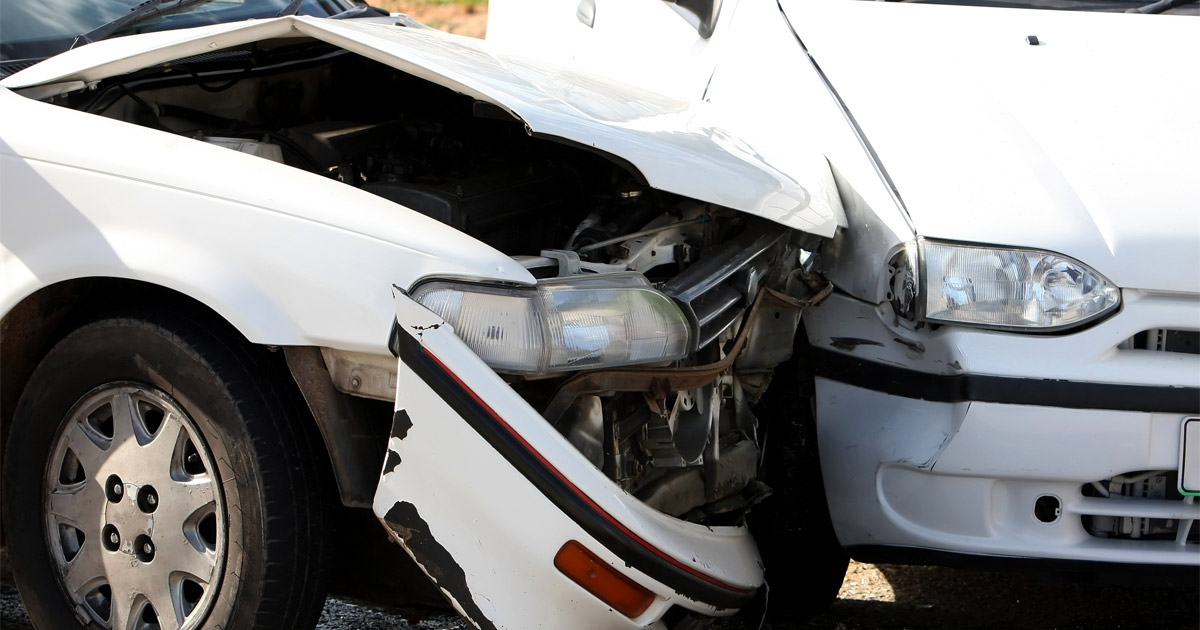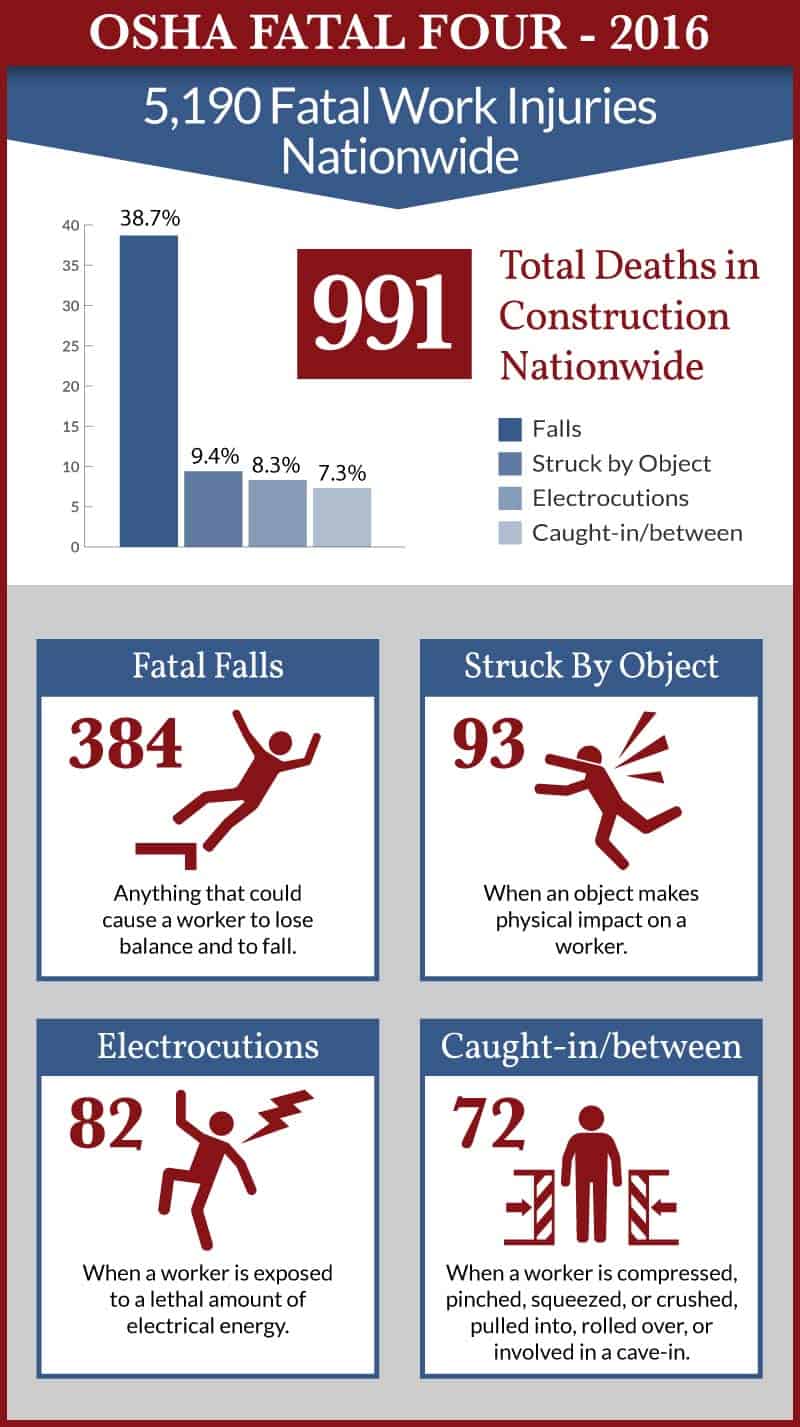What is a Pin-in Car Accident?

A pin-in car accident is a collision that traps one or more occupants inside the vehicle. Pin-in car accidents are often serious, resulting in severe injuries or fatalities. Knowing the facts about pin-in car accidents can help drivers prevent them from happening.
In order for a pin-in car accident to happen, the impact of the crash must be great enough to either flip the car over or smash it into another vehicle or object hard enough to compress the body of the car. This makes a pin-in car accident quite different than a common fender-bender. Examples of pin-in car accidents include the following:
- A speeding car flips over, and the roof is compressed into the body.
- A car runs off the road and rolls down an embankment, crushing the doors so it cannot open.
- A drunk driver hits a car, pinning it against a guardrail.
- A large truck rear-ends a car, crushing it against the car in front.
- Two cars collide head-on, compressing the dashboards against the occupants so they cannot get out.
It is possible to come up with many more examples. In each case, the occupants cannot exit or be pulled out of the vehicle because the car is crushed or compacted. Most pin-in car accidents happen for the same reasons that cause other types of car accidents, including:
- Speeding
- Drunk driving
- Distracted driving
- Poor weather conditions
Although mechanical failures can also cause pin-in accidents, the fact remains that, collectively, driver error or distractions by passengers cause approximately 70 percent of all accidents. Tragically, the human toll of preventable car crashes is enormous. According to the Centers for Disease Control and Prevention (CDC), approximately 40,000 people are killed on U.S. roads each year. Another four million are injured seriously enough to require medical attention, according to the Association for Safe International Road Travel.
What Injuries Occur in Pin-in Car Accidents?
The types of injuries sustained in pin-in car accident victims include both internal and external injuries. Generally speaking, external injuries are those which are immediately apparent and include the following:
- Broken bones, including broken collarbones
- Burns
- Cuts, lacerations, and abrasions
- Facial injuries, including broken teeth
- Knee and foot injuries, including sprains or strains
- Shoulder injuries, including dislocated shoulder
- Spinal cord injuries
Accident victims are typically very aware of their external injuries. That may not be the case for internal injuries, which may be more serious. That is why it is so important for pin-in car accident victims to always accept medical treatment and submit to a full medical evaluation after a crash. Examples of internal injuries include the following:
- Abdominal aorta aneurysm: The abdominal aorta can rupture if the victim’s stomach is crushed in a pin-in car accident. Unfortunately, this type of injury is often fatal.
- Brain bleeding: Bleeding inside the brain can be caused by an impact, whether or not there is an open wound to the head. Bleeding in the brain may deprive the brain of oxygen; left untreated, this could result in permanent brain damage.
- Concussion: Concussions happen when the brain bounces around inside the skull during a crash, such as when the victim’s head hits a windshield, window, roof, or steering wheel. Concussions cause chemical changes in the brain and can result in traumatic brain injury.
- Fractured ribs: In addition to being painful, broken ribs may puncture lungs or damage blood vessels.
- Internal bleeding. Any number of blood vessels can be damaged in a pin-in car accident, preventing the blood from circulating properly. Symptoms of internal bleeding include confusion, weakness, bloody vomit, and breathing problems. Organ failure and death can occur if the victim is not treated promptly.
- Kidney damage. The kidneys may sustain damage when the impact of the crash affects the victim’s back or side. Permanent kidney damage may require a lifelong use of dialysis or a kidney transplant.
- Liver damage. If the liver ruptures as a result of a car crash, it can cause internal bleeding; it must be repaired promptly.
- Ruptured spleen. If the accident damages the victim’s spleen, it can flood the abdominal cavity with blood. This condition may also be fatal if it is not treated quickly.
- This is a condition that happens when a lung collapses or is punctured, and the chest cavity is flooded with air.
- Psychological injuries. Victims of pin-in car accidents may experience mental trauma as a result of being trapped inside the vehicle while suffering in pain. Post-traumatic stress disorder, anxiety, and depression are three types of psychological injuries that may be caused by a car accident.
- This is a neck injury that often occurs in side-impact or rear-impact crashes. Serious whiplash can result in a dislocated vertebra.
It is not unusual for victims of pin-in car accidents to suffer life-long disabilities. The longer a victim is trapped inside a crushed vehicle, the more likely he or she suffers permanent harm or succumbs to injuries, especially if he or she is experiencing internal bleeding or brain trauma. A special tool, known as the Jaws of Life, has become indispensable for first responders seeking to speed up the process of extracting injured victims from pin-in car accidents.
Jaws of Life Effectively Rescues Pin-in Car Accident Victims
Victims of pin-in car accidents are often saved by first responders that employ a set of tools, known as the Jaws of Life. This is actually a brand of tools sold by the Hurst Jaws of Life company. The tools were invented by George Hurst around 1961 after he witnessed a terrible accident in a stock car race. A driver crashed his car and was trapped inside for more than an hour. At that time, the only way to extract a victim of a pin-in car accident was to use a crowbar and a circular saw, which makes sparks that may cause an explosion. Mr. Hurst came up with the idea of creating piston-rod hydraulic tools that use fluid instead of electricity to get the power needed to cut steel and separate metal.
The tools invented by Mr. Hurst include powerful cutters, spreaders, and rams that can pry open vehicles. The hydraulic system is powered by a fire-resistant phosphate-ester fluid that does not conduct electricity, making it safer to use at the scene of an accident. The cutters can cut through a car door like a can opener, and the spreader can pull sections of the vehicle out. The ram can push apart sections of the car. If the dashboard or steering wheel is crushed up against the victim, the ram’s piston can push the dashboard up, making enough space to free the victim.
When a pin-in car accident occurs, every second counts in getting victims the proper medical treatment for internal bleeding, organ damage, and other injuries. The Jaws of Life often help first responders extract victims in just a few minutes or less. The set of tools is relatively small and compact, yet able to deliver up to 10,000 pounds per square inch of pressure.
How is Liability Determined in Pin-in Car Accidents?
Similar to other serious types of vehicle crashes, most pin-in car accidents are caused by speeding, drunk driving, distracted driving, and other forms of driver error. If you are involved in a pin-in car accident that was not your fault, the other driver may be deemed negligent, and therefore liable for compensating you for your injuries. It is important to seek the services of a competent car accident lawyer to ensure that negligent drivers are held accountable for their actions.
If you were seriously injured in a pin-in car accident, your medical bills alone may cause financial ruin. You may require repeated surgeries, hospitalization, and follow-up rehabilitative care during recovery. Some injuries cause permanent disability, resulting in loss of income, as well as the need for continued care. That is why it is important to seek the maximum amount of compensation allowed by the law.
Bucks County Car Accident Lawyers at Freedman & Lorry, P.C. Hold Negligent Drivers Accountable for Pin-in Car Accidents
In order to hold an at-fault driver responsible for injuries caused in a pin-in car accident, victims must first prove negligence. Proving that the other driver is at fault requires legal prowess. Our Bucks County car accident lawyers at Freedman & Lorry, P.C. have many years of obtaining maximum financial compensation for clients. For a free consultation, call us at 888-999-1962 or complete our online form. Located in Philadelphia, Cherry Hill, New Jersey, and Pinehurst, North Carolina, we serve clients throughout Pennsylvania.
